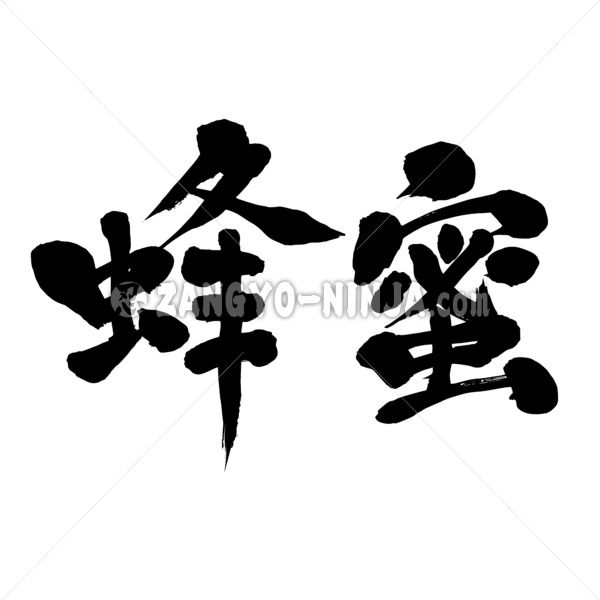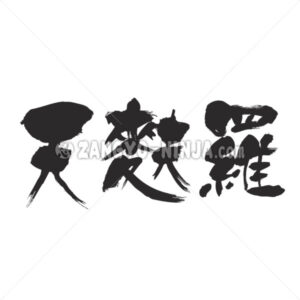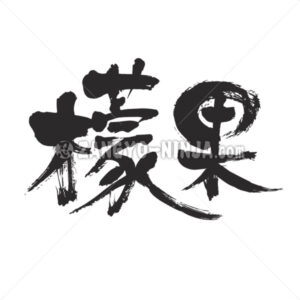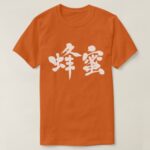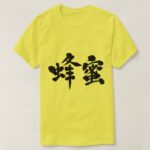Description for “Honey in Kanji”
a sweet yellow liquid produced by bees. Japanese says “hachi mitsu”.
Honey bees fly around the fields and collect nectar from blooming flowers, store it in the hives where they live, and mature it.
Originally, honeybees collect energy sources necessary for life from flowers, store them, and eat them.
Honey’s unique taste, aroma, and color are determined by the nectar that bees collect from flowers. There are too many to count. Even with the same flower, the subtle differences in flavor depending on the location of nectar collection and the weather of the year is a proof of nature’s uniqueness.
Benefits and nutrition of honey
Honey contains water and trace nutrients, most of which are sugars.
Honey is enzymatically decomposed in the “honey stomach” where bees collect nectar, so there is no need for humans to decompose it themselves, and it can be absorbed without burdening the body.
Honey has been loved all over the world since ancient times
The history of honey is very old, and even in “Greek mythology”, the god of beekeeping appears. In cave ruins such as Spain and South Africa in BC, mural paintings of “honey hunters” who collect honey from nests can be seen. It is thought that there was a high risk of being attacked by bees in times when there were no protective clothing like now, but for ancient people, sweet and nutritious honey was a valuable food that they wanted to take even if it meant risking it. That’s right. In Europe, where beekeeping has a long history, honeybees were considered important members of the family, and in England, it is customary to report to the hive when a master dies or when a daughter gets married.


